Today’s dynamic customer uses different forms of traditional channels and digital platforms to reach out to your brand. Sometimes they may use an app to connect with your brand after receiving an irresistible offer/discount. Other times, they might log onto the website to purchase something or leave a Facebook comment behind if they have a query.
In fact, the pandemic has encouraged brands to embrace the integration of physical and digital channels like never before. According to data, U.S. retailer, Target enjoyed an increase in sales by 24.3% and witnessed its digital sales soaring by a staggering 195%!
The point we’re driving home is this: The customer’s journey with your brand has gone omnichannel. According to Google, 85 percent of digital consumers start the purchasing workflow on one device and complete it on another. So, if brands don’t provide a _consistent?_omnichannel customer experience, they will find themselves lagging in generating leads, sales, revenues, customer happiness index, and so on.?
So what do brands need to do to provide a seamless customer experience? We have four words for you: drive customer experience analytics.?
This brings us to an important question:
“Why use customer journey analytics to optimize the omnichannel customer experience?”
Real-time customer data needs to be integrated across systems and channels for your customer journey to be seamless and consistent. This is where customer support data analysis comes into play.
In this section, we will quickly deep-dive to understand why customer journey analytics is instrumental in driving a holistic omnichannel user experience.?
- Aligned customer experience: Using real-time customer data empowers you to align your organizational goals with your customer’s real needs, preferences, and wants. This becomes extremely useful when you’re dealing with a plethora of platforms and a complex path to purchase.?
- Improved customer retention: According to Invesp, companies with data-backed omnichannel customer engagement strategies retain 89% of their customers on average as opposed to 33% of those with weak omnichannel strategies. Furthermore, Google also suggests that omnichannel shoppers have a 30% higher lifetime value as compared to single-channel shoppers.?
- Cross-channel personalized marketing: Accurate, reliable, and up-to-date data translates to on-point customer segmentation and targeting. Plus, it ensures that customer communication is more personalized, integrated, and precise, thanks to AI-powered tools, machine learning, and big-data processing.?
- Informed performance metrics: Traditionally, marketers have analyzed channel efficacy by only looking at the ‘last click’ metric–a big mistake. As mentioned earlier, customers may start shopping with your brand on one channel and end up on another, so marketers need to integrate customer data analytics _at every step of the customer journey?_to get the accurate big picture and drive performance. Analyzing data from the last step of the journey is no longer going to cut it. Especially if you’re using a Reverse ETL solution to copy customer data from your central data warehouse to your operational tools.
- Better understanding of customer behavior: Analyzing customer behavior using real-time customer journey data over time offers a better understanding of the customer’s needs, pain points, aspirations, among others. This can eventually allow your brand to create an in-depth and accurate buyer persona that captures who your ‘ideal customer’ is and how you should approach them to boost sales, user happiness, customer satisfaction, and ultimately your bottom line:
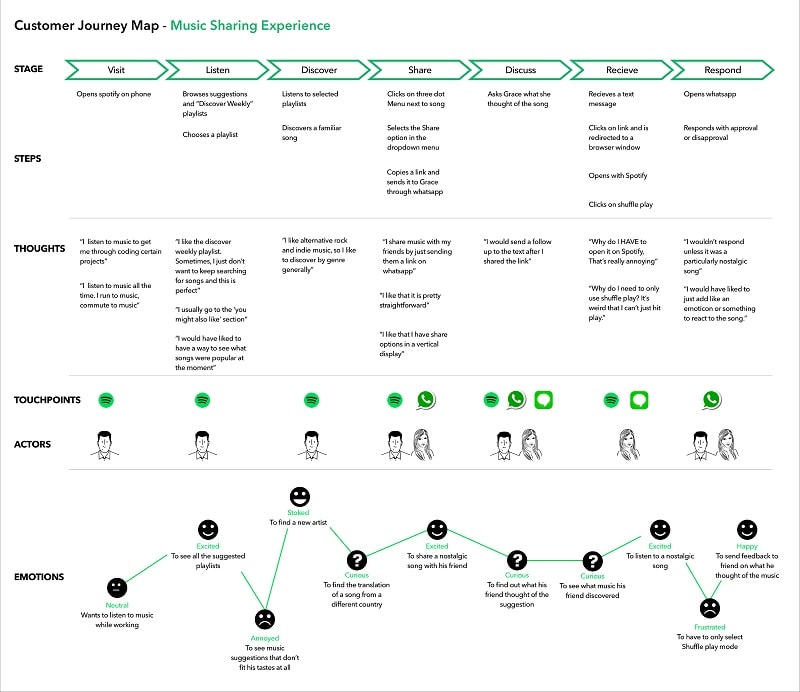
Notice how detailed it is as it encapsulates the various phases of the buyer’s journey, the touchpoints, process and channels, user experience, barriers, and motivations. This type of comprehensive and in-depth customer journey-centric persona is only possible if you have the means and tools to collect user data and engage in customer experience analytics.?
Now that you have understood the central role customer journey analytics and data play in driving an out-and-out omnichannel experience let’s look at some time-tested strategies that you can include within your omnichannel arsenal.
Top-7 Proven Strategies to Ace Your Omnichannel Customer Journey using Customer Journey Analytics
1. Create a dedicated customer journey management team:?
Before you dive into the data, you need to put together an experienced team in place with clearly outlined roles and responsibilities. This makes sense as, according to a survey, the skills gap is a major obstacle for a company’s data and analytics efforts. The team should be responsible for:
- Managing and monitoring the omnichannel journeys
- Ensuring that your organizational goals are always in sync and centered around omnichannel customer journeys
- Taking strategic decisions on using the right kind of customer service analytics software to enhance your CX and achieve predefined business outcomes
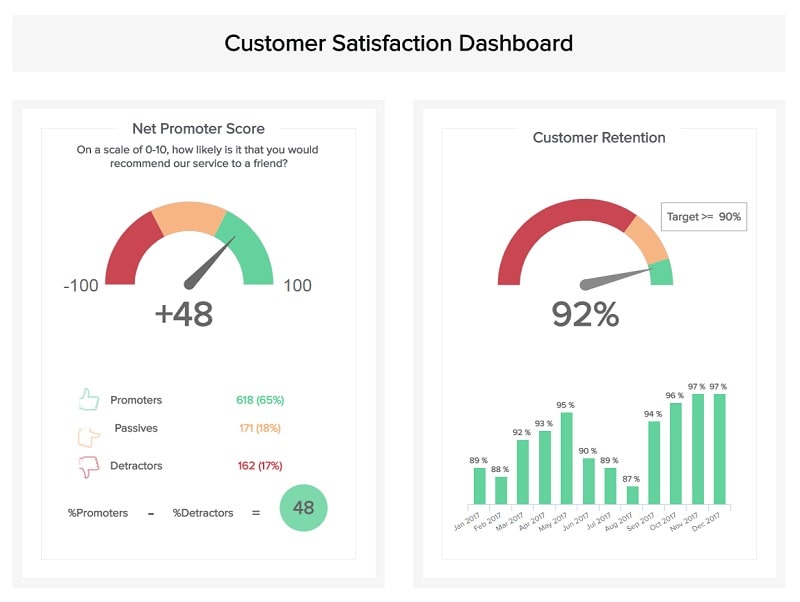
The learning: The idea is to communicate the roles, responsibilities, and activities each member will be tasked with so that everyone is on the same page and is working towards the same end goal. This will also drive better collaboration between your marketing, analytics, and customer support teams to deliver a uniform customer experience.
2. Focus on getting a unified and cross-channel view of the customer behavior:
Your customer’s needs are ever-changing. So, if you want to provide a hyper-personalized omnichannel experience, you need to capture customer data _as-and-when?_customers interact with your brand in any form–be it while browsing your website, completing a purchase in-app, responding to your Twitter post, or replying to an email you sent.
You can use a customer journey analytics platform to get an integrated view of the customer’s data relating to their needs, likes, dislikes, preferences, etc., from multiple channels, touch-points, and sources. Moreover, these tools go the extra mile and use identity matching capabilities to zero in on understanding which activities are being performed by the same customer:
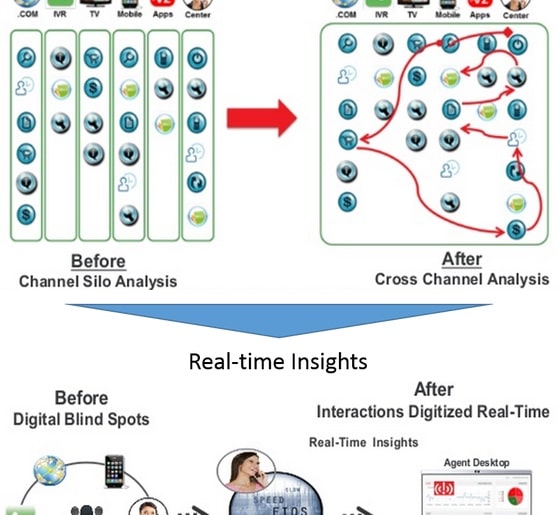
The learning: Most organizations fail to capture user data?_across the customer journey.?_Instead, they focus on collating information from specific channels. This kind of ‘siloed’ approach can lead to a fragmented view of your customer. So, as a thumb rule, focus on collecting user data throughout the customer journey.
3. Prioritize the right customer journeys to boost the conversion rates:
Driving customer journey analytics is a costly affair. There are no two ways about it. So, to ensure that you’re getting the most bang out of your buck, it is critical that you focus on the right elements that are causing your brand to fail along the customer’s path to purchase. You also need to narrow down and understand the top-5 customer experience metrics that can positively affect business outcomes and allow you to seamlessly track the customer journey.
Take Spotify’s use case, for example. The brand wanted to improve user engagement by adding a sharing feature that enables users to share playlists seamlessly within the Spotify application with third-party apps.
After doing extensive research by way of surveys and interviews, the brand created an ideal user persona:
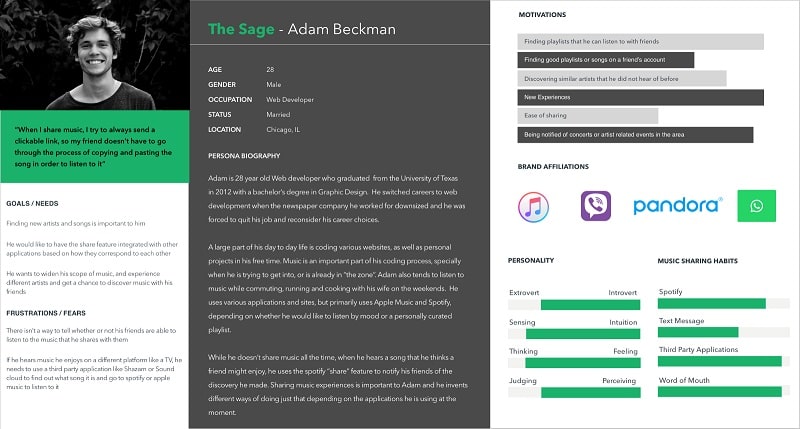
The next step was to create a user journey that threw light on the user’s motivations and understand how the brand can integrate a “share” functionality within the app, the WhatsApp channel, and SMS:

While doing research for the customer journey map, the brand unearthed two of the biggest challenges that users were facing with respect to the ‘share’ functionality:
- One, the users were worked up about being ‘judged’ for their music habits.
- Two, they had no idea about a share functionality existing.
Using the insights gathered, the brand created eight storyboards with possible solutions to tackle the issue:

In the final step, the brand was able to create two powerful user workflows–one for sharing a song and the other for sharing a playlist:

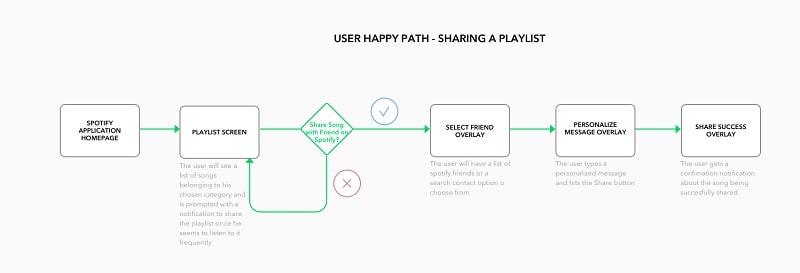
The learning: Brands need to be extremely vigilant when defining their objectives and prioritizing customer journeys across channels, according to the said objectives. Considering that there are billions of data points involved, organizations need to have a crystal-clear approach and choose improvements that can have the biggest impact on the business results.
4. Drive real-time tracking for ‘real results’:
Customers want personalized recommendations based on real-time interactions and experiences with the brand. If you’re only factoring in their needs and preferences, you’re doing a half-baked job that will not add value to the customer’s journey with the brand.
This is why?real-time tracking of customer journeys becomes the stepping stone for highly personalized and relevant campaigns. For example, say you want to cater to a customer who spent considerable time choosing and adding items to their cart. Suddenly, you notice that the customer has abandoned the cart and moved on. To capitalize on this opportunity, you can use customer journey analytics and trigger a personalized cart abandonment email, as Food52 demonstrates below:
![]()
The learning: The biggest takeaway here is that by using customer journey analytics, you can cater to at-risk customers or even first-time visitors and reduce churn rates by rolling out personalized communication that’s based on user behavior in real-time and not just on user preferences. In simpler words, customer analytics tools allow you to connect the dots and bridge the gaps between user intent, interactions, behavior, and the brand’s communication efforts.
5. Leverage personalization at its best:
Personalized marketing is most effective when you factor in the customer’s _entire?_experience. For instance, say you have a customer who is having trouble tracking the order. So they visit your Instagram handle and leave a comment asking about the order details. In such a case, does it make more sense to send them a personalized email with the order tracking details, or should you be aggressively marketing new products via an SMS??
The latter, right? As an example, take a look at Nike’s personalized email that highlights how the customer can track their order and provides all the relevant information:

The learning: Looking at the customer experience, on the whole, will always provide a better picture of where your customers are in the buyer’s journey. This will allow you to create relevant, useful, and personalized communication that makes the user’s life convenient, not chaotic.
6. Get ahead of the customer’s needs by understanding the buyer’s intent early on:
Customer journeys are also indicative of highly interested customers–ones who are willing to engage with your brand but need a subtle ‘nudge’ in the right direction. Enter: Customer journey analytics.
You can look out for the right signals in the customer journey from early on and send tailor-made communication that demonstrates to users how your brand is going to add value to their lives.
For instance, take a look at the following email, which communicates to an already-interested customer (who is using the application) about new updates to keep them engaged with the brand:

What’s more, once the user starts using the newly-updated platform, you can ask for their feedback via SMS or email.?
The learning: By monitoring your user’s interaction across the customer journey, you can uncover user behavior early on and send the right message at the right time while boosting your conversion rates through the roof.
7. Invest in robust customer service analytics software:
To tackle the issue of isolated data and get meaningful as well as timely insights, you need to invest in a customer service analytics software that can:
- Collect and store user data from multiple platforms, channels, and sources instead of solely gathering channel-specific information, which can be incomplete or, worse, outdated
- Provide a 360-degree picture of the end-to-end customer journey
- Organize user data from technical, statistical, and analytical standpoints
- Offer actionable insights into what drives customers and how you can optimize the customer journey with data at the core
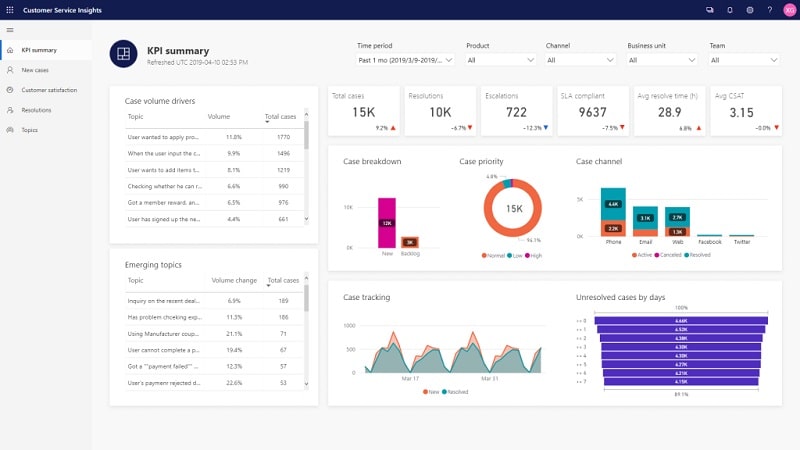
The learning: Your customer journey analytics initiative does not need to be an added ‘burden’ to the team. To make your team’s life easier, brainstorm together to understand which customer support analytics software to use based on the team’s collective skill set, your organization’s strategic goals, and your user base, of course.?
Using a tool like Stack’s Spatial Browser can help your team monitor any analytics by allowing them to multitask with ease.
Related Content
- 10 Tips to Create the Best Customer Service Emails
- Why Actually Listening to Customers is Important (And How to Do it)
- 6 Simple Ways to Get More Returning Customers to Your eCommerce Store
- 5 Expert Ways to Increase Your eCommerce Customer Service
- Maximize Your Customer Loyalty Strategy With a Great Rewards Program
The Bottom Line
At the heart of an optimized omnichannel customer journey lies real-time user data that are mapped to the customer’s journey with the brand. If you want to capture the customer’s pulse, you need to look at the customer’s interaction and behavior with the brand _throughout the customer journey _instead of solely looking at the ‘first mile’ or the ‘last step’ — a fatal flaw that will lead to a disjointed and unrelatable customer experience.?
In a nutshell, keep the following strategies in mind:
-Creating a dedicated customer journey management team to monitor and analyze any gaps that may occur.
-Focusing on getting a unified and cross-channel view of the customer behavior to capture the customer’s data.
-Prioritizing the right customer journeys to boost conversion rates to benefit from maximum optimization and potential of the brand.
-Driving real-time tracking for ‘real results’ to learn the user’s intent.
-Leveraging personalization to make the user experience what you want them to understand.
-Getting ahead of the customer’s needs by understanding the buyer’s intent early on to guide them in the right direction.
-Investing in robust customer service analytics software to save time and man-hours.
So, follow the time-tested omnichannel hacks, tips, and strategies outlined above, and make the most of your customer journey analytics initiatives.

Written by our guest writer Srushti Shah
Srushti is an ambitious, passionate, and out of the box thinking woman having vast exposure in Digital Marketing. Her key focus is to serve her clients with the latest innovation in her field, leading to fast and effective results. Working beyond expectations and delivering the best possible results is her professional motto. Other than work, she loves traveling, exploring new things, and spending quality time with family. Reach out to Srushti Shah on Twitter or LinkedIn



